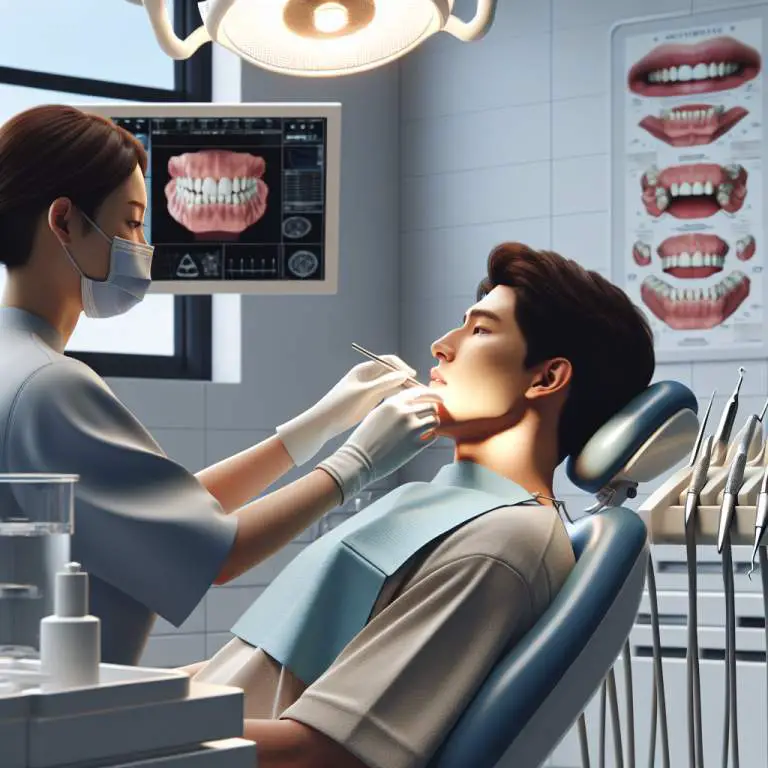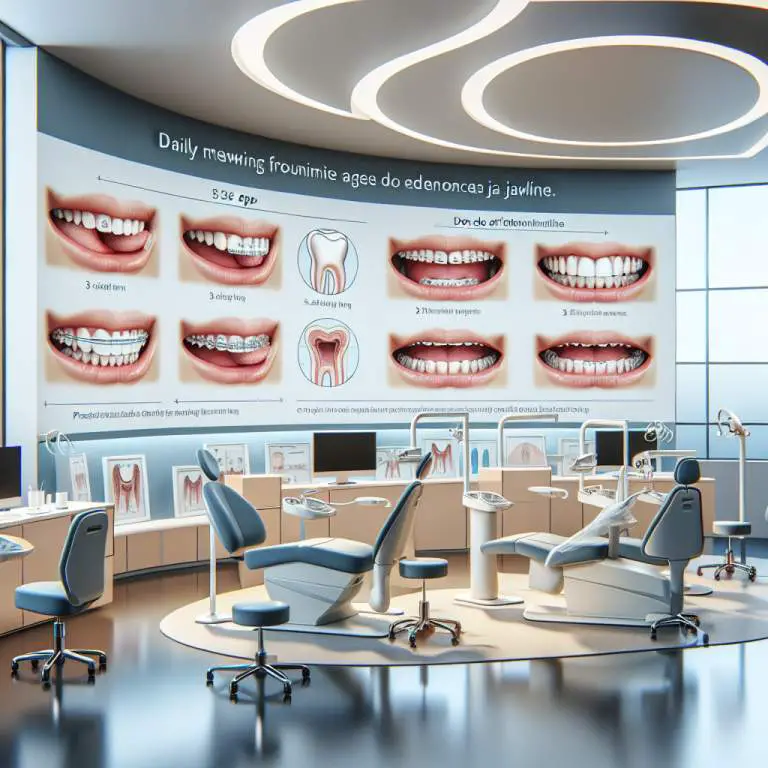Is mewing alone enough for significant jawline enhancement?
No, mewing alone is not enough for significant jawline enhancement. Experts suggest combining it with regular exercise, a healthy diet, and proper hydration for better results. Additionally, practicing good posture and possibly consulting with a facial aesthetics professional can further improve jawline appearance.

How does mewing work to enhance the jawline?
Mewing is a technique that involves placing your tongue against the roof of your mouth. This position is supposed to help shape and define your jawline over time. The idea is that by keeping your tongue in this spot, you’re using muscles in a way that can make your jaw look better.
When you practice mewing, it’s not just about where your tongue rests. It’s also important to keep good posture and breathe through your nose. These steps together are believed to improve how your jawline looks by making the muscles stronger and more defined.
What are the realistic expectations when practicing mewing?
If you’re thinking about trying mewing, it’s good to know what it can really do for you. Some people see changes in their jawline, but it doesn’t happen overnight. The effects of mewing can be subtle and take time to notice.
It’s also important to remember that everyone’s face is different. So, the changes you might see from mewing can vary a lot from person to person. Some might find their jawline becomes more noticeable, while others may not see much difference at all.
Can mewing results be enhanced with specific exercises?
Yes, combining mewing with certain exercises might help improve your results. Exercises like chin tucks and neck curls can strengthen the muscles around your jaw and neck. This could help make the effects of mewing more noticeable.
Doing these exercises regularly, along with proper mewing technique, could potentially speed up the process of enhancing your jawline. However, it’s still important to have realistic expectations about how much change you’ll see and how quickly it will happen.
Are there any dietary considerations that support jawline enhancement while mewing?
Your diet plays a role in almost every aspect of health, including how your face looks. Eating foods rich in vitamins and minerals supports overall bone health and muscle strength. This could indirectly help with enhancing your jawline when combined with techniques like mewing.
Including plenty of calcium-rich foods in your diet is especially important for bone health. Also, staying hydrated by drinking enough water each day helps keep the skin tight and healthy-looking which might complement the effects of mewing on improving your jawline appearance.
| Practice | Description | Complementary to Mewing? |
|---|---|---|
| Mewing | Technique of proper tongue posture to improve facial structure. | N/A |
| Jaw Exercises | Exercises targeting the muscles of the jaw for toning and strengthening. | Yes |
| Chewing Gum | Chewing mastic or similar gums to strengthen jaw muscles. | Yes |
| Facial Yoga | A series of exercises designed to tone and relax facial muscles. | Yes |
| Skin Care Routine | Daily regimen for maintaining skin health and elasticity. | No, but beneficial for overall facial aesthetics. |
What Role Do Genetics Play in the Effectiveness of Mewing?
Genetics play a big role in how mewing works for you. Some people have genes that make their jawline naturally strong and sharp. For them, mewing can really help show off their jawline even more. But if your family has softer, less defined jawlines, mewing might not change your face as much.
That doesn’t mean you should give up if you don’t see changes right away. Mewing can still improve your jawline’s appearance over time. It’s about how your bones and muscles work together. So, even with genetics playing a part, practicing good posture and mewing can still make a difference.
How Long Does It Typically Take to See Results from Mewing and Supplementary Practices?
Seeing results from mewing takes time. For some, it might take a few months to notice changes. For others, it could be a year or more. It depends on how often you practice mewing and other exercises that help shape your jawline.
Adding exercises like chewing gum or doing chin-ups can speed up the process. Remember, being consistent is key. If you keep at it every day, you’re more likely to see results sooner.
What Are Some Common Mistakes to Avoid While Trying to Improve Your Jawline Through Mewing?
A common mistake is not doing mewing correctly. Some people think it’s just about pushing your tongue against the roof of your mouth. But there’s more to it. You need to make sure your whole tongue is pressed up evenly and that you’re also focusing on keeping good posture.
Another mistake is expecting results too quickly. Improving your jawline takes patience and consistency. If you don’t see changes right away, don’t get discouraged. Keep practicing good habits, and over time, you’ll start to see improvements.
Final Thoughts
Mewing can be a helpful way to improve the look of your jawline, but it’s not magic. Genetics play a role in what kind of results you can expect, and patience is key since results take time.
Avoid common mistakes like incorrect technique or impatience for faster progress. With consistent practice and realistic expectations, mewing along with supplementary exercises can contribute positively to enhancing your facial structure.






